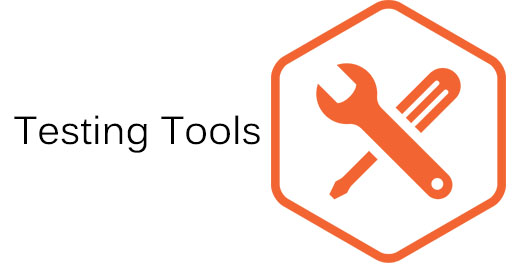Top SEO Tips to Rank Higher in Google
 |
| Top 9 SEO Tips to Rank Higher |
Everyone wants to rank higher in Google, but it is not an easy job. You need to follow a strategic approach and think like an SEO expert to push your keywords to the top rankings. This article shares the top 9 SEO tips you can follow to achieve high rankings in Google for targeted keywords and leverage benefits of digital marketing.
1. Pick a good keyword to focus on.
The first step is to simply pick the search term or phrase you want the post to show up for. If I am writing about the best dog toys for small dogs, I'll want to find out what people are actually searching for.
The easiest way to do this is use Google Keyword Planner, a free tool that will show you an estimate for any search phrase. (Although Keyword Planner is free, you may need to set up an AdWords account to gain access.)
For example, I noticed that "small dog toys" receives 590 monthly searches -- higher than any other related combination of words. However, I'm still not totally ready to start writing about this topic. First, I need to do some research.
2. Research the competition.
Now that I have a term I want to try to rank for, I'm going to go undercover and do some recon!
Jump over to your "private browsing" mode on your web browser ("Incognito" in Chrome, "Private" in Safari and Firefox, "InPrivate" on Internet Explorer) and head to Google.com. (At my company, we do "private mode" because we don't want Google to use our past search history to influence what we see on the search results page.)
Take a look at all the content on page one of Google, ignoring any ad results at the top. The 10 (or so) results are your competition! What are they missing? Can you do better?
3. Write the best content.
Now that you know what your competition looks like, it's time to create the content that is going to blow those folks out of the water. This is perhaps the most difficult part, but it's the most important. It needs to be amazing.
I don't care if you are creating a blog post, ecommerce store page or sales-landing page. It needs to be better than the rest, or else neither Google nor your audience will ever take note.
4. Put the keyword in your page title.
This should be a no-brainer, but I'll say it anyway: Your page title should contain your keyword, but that doesn't mean it has to be exact (though it can be).
Additionally, the title must also be interesting enough that people will actually want to click on it!
5. Put the keyword in your header.
You can organize most webpages by having a large title at the top, followed by several sub-headers throughout the page (like the sub-headers in this post).
This organization is helpful not only for people in skimming blog-post articles, it's helpful in showing Google exactly what your blog post is about. Therefore, be sure to use your exact keyword phrase at least once in your sub-headers.
6. Put the keyword in the name and alt-tag of your image.
Next, if your blog post contains images, you can use those images to cement the idea to Google about your post's topic. There are two ways to do this:
- The image name
- The image alt tag
To change the image name, simply change the name of the image on your computer before uploading. Instead of a file called "2831274.jpg," you can re-name it something like "small dog toys 1.jpg."
The "alt tag" is something you designate after you upload the photo to your website. Without getting too technical, the alt tag is simply the text that the web browser will show if the photo can't load for some reason.
7. Use the keyword in the URL and in the post.
Another way Google is able to determine what your blog post is about is the URL. In other words, we're talking about what comes after the ".com" in your url (or .net, .org, or whatever you use). For example, which of the following URLs do you think Google will like better when deciding whether or not to show a certain page?
www.ExampleDogToyWebsite.com/9124824834-1
www.ExampleDogToyWebsite.com/small-dog-toys
You're right if you guessed the second one. While the former might not completely kill your SEO efforts, the latter definitely helps show Google exactly what the post is about.
8. Insert internal links.
If you aren't talking about your best content, why should anyone else care? For this reason, it's important that your best SEO content be linked to internally by other pages on your website.
Yes, this means you may need to go back and edit some older posts to include links to the new, incredible content.
9. The most-important SEO tip: Get external links.
Okay, finally we're finally at the big one: external links.
External links are links from websites other than your own. Google relies heavily on external links to determine how good a post is. And this makes sense, doesn't it? You can talk about yourself and your own skills all day long, but no one will believe you. But as soon as other people begin bragging about you, others take notice.
While producing incredible content may get you some links, the truth is, you are going to have to do some "link building." This means reaching out to other website owners in the space to ask for links.
The above nine-point checklist may not include everything a person could know about SEO, but by simply following this checklist, you'll be miles ahead of the competition and will likely see your posts get significant SEO traffic.
The other option is hire a trustworthy SEO company who will do all the hard work for you and you just enjoy the SEO benefits. If you are looking for a professional SEO agency, Digital Marketers India is a popular SEO agency based in India. To discuss your project, drop a line to sales@digitalmarketersindia.com



Comments
Post a Comment